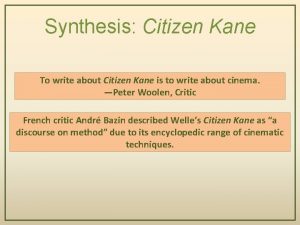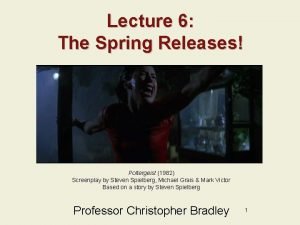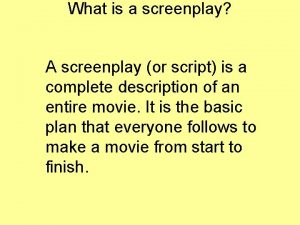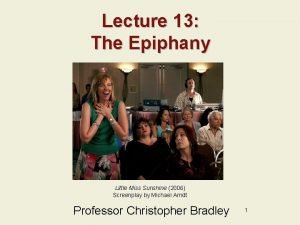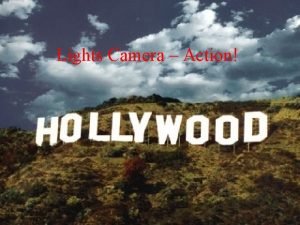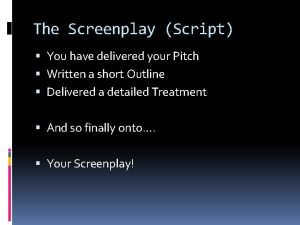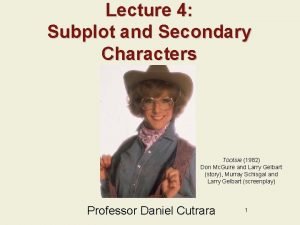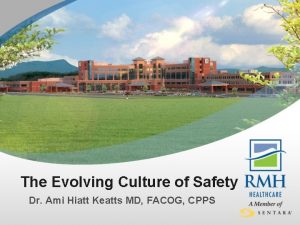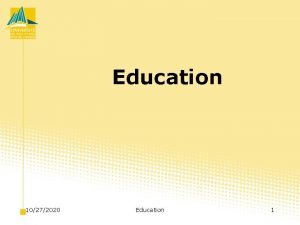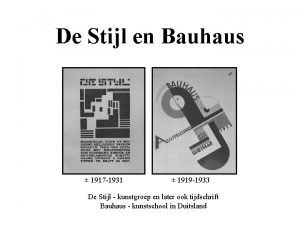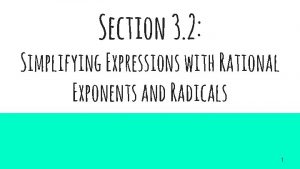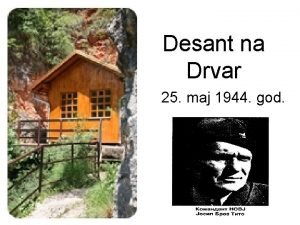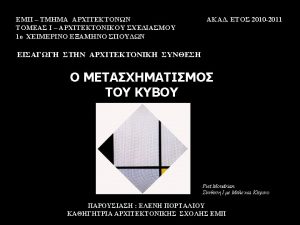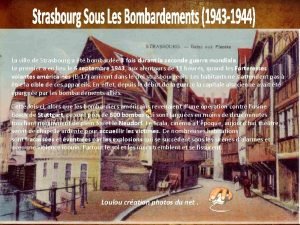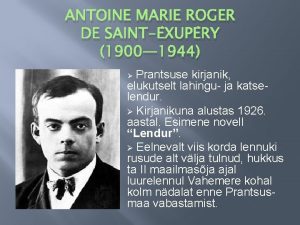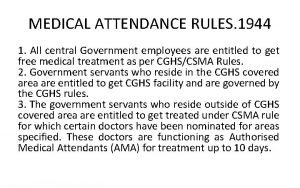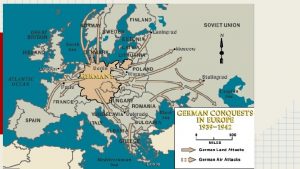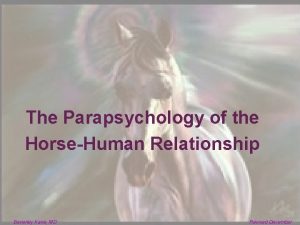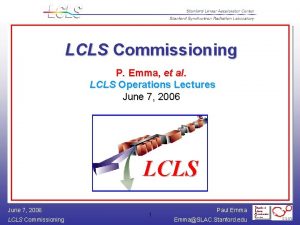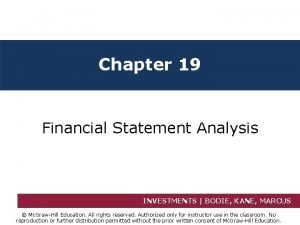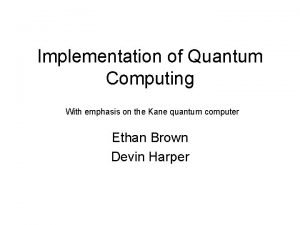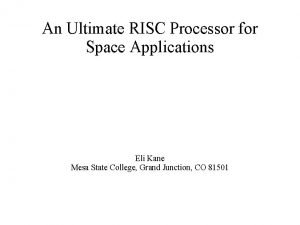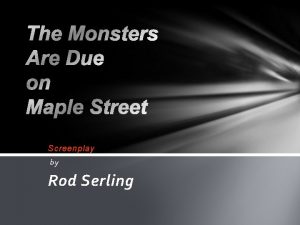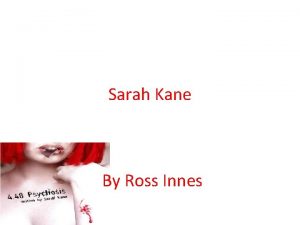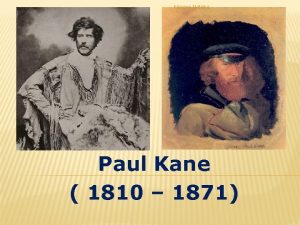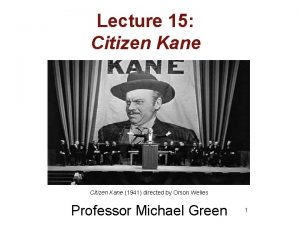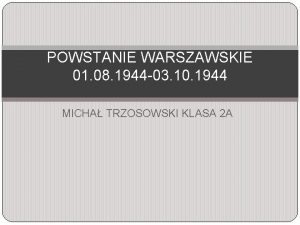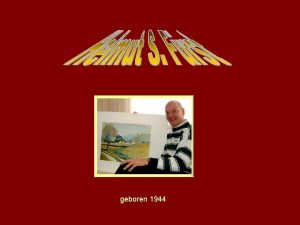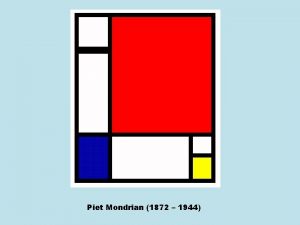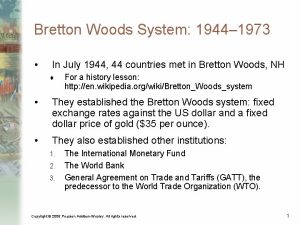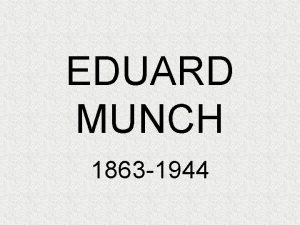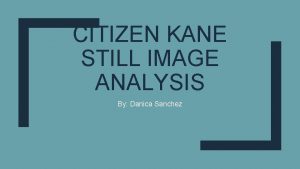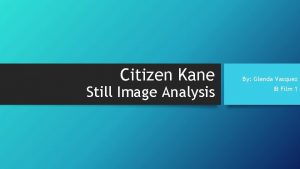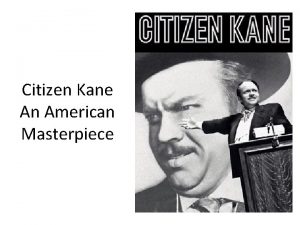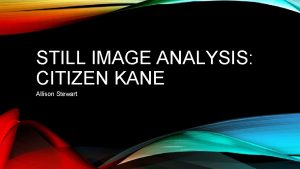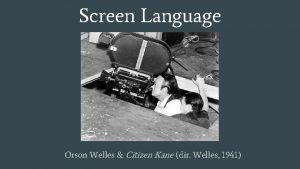Lecture 7 Location Location Citizen Kane 1944 Screenplay








































- Slides: 40

Lecture 7: Location, Location Citizen Kane (1944) Screenplay by Herman J. Mankiewicz and Orson Welles Professor Christopher Bradley 1

Previous Lesson • Dialog – Text – Subtext • Image Systems • Titles Double Indemnity (1944) • Proper Screenplay Formatting Screenplay by Billy Wilder 2

This Lesson • Avoiding Clichés • Research – Biographical and psychological – Physical and Political – Historical 3

This Lesson (continued) • Imagination – • • The big “What if…? ” 4 Dimensions of Setting – Period – Duration – Location – Level of Conflict Assignments 4

Avoiding Clichés Hot Fuzz (2007) Screenplay by Edgar Wright and Simon Pegg Lesson 7: Part I 5

Avoiding Clichés (1) • #1 Way to Avoid Storytelling Clichés – TAKE YOUR STORY FROM LIFE, NOT OTHER MOVIES! • Read – Biographies, Websites • Watch – Documentaries, Youtube 6

Avoiding Clichés (2) • Spy! - Find places where characters like your protagonist hang out and watch them behaving naturally. The mall, truck stops, backstage, classes, protests. • Interview - Formally or informally. (Might just look like a conversation. ) 7

Avoiding Clichés (3) • Writing a police drama? - Read first person, true-life stories about police officers. Watch documentaries (Not CSI!) What coffee shops do cops hang out in? Can you eavesdrop? 8

Avoiding Clichés (4) • Writing about cancer? – Look on Youtube for first-person accounts. (Not to steal someone’s personal story, but to get an authentic overall feel for what it’s like. – Hang out in the waiting room of a public health clinic for an afternoon. • Writing about poverty? – Hang out at the unemployment office for a few hours. – What kinds of people are there? 9

Research Armageddon (1998) Screenplay by Jonathan Hensleigh and J. J. Abrams Lesson 7: Part II 10

Research (1) • The more certain, the more specific you are about who your character is, where they came from, where they live, the more your story will sear itself into your readers’/audiences’ minds! 11

Research (2) • Biographical – Really know your character’s history. Born where? Parents still together? • Psychological – Much longer journal entries than what we did here as an exercise. Deaths of pets? Friends? What damage do they have? • Physical – Limitations? Smoker? Diseases? Athlete? 12

• Political Research (3) – What political party does your character vote for? Do they approve of the death penalty? If your character isn’t political, know why they aren’t! • Historical – Your character lives in Oklahoma? How does this inform family history? Chicago? Was their grandfather a gangster? Fighting the gangsters? Killed by gangsters? Bankrupted by payoffs? 13

Imagination Jurassic Park (1998) Screenplay by Jonathan Hensleigh and J. J. Abrams Lesson 7: Part III 14

Imagination and “What if…? ” • The Big “WHAT IF…? – Start with something true, then ask yourself, “What if…? 15

Examples of What if…? • Say your great-grandfather developed dementia. What if… he were faking it to avoid prosecution for murder? • Say you accidentally cut your arm open in real life. What if… you saw circuitry in there instead of muscles and blood? • Say your older brother always insisted that you were adopted. What if… you had an aunt who mysteriously disappeared a month after you were born? 16

More Examples of What if…? • Say the love of your life bolted just before your wedding. What if… he turned up with terminal cancer and begged to see you a year after you’d married someone else? • Say money was disappearing from the cash register at work. What if… you were framed for theft? • Say you ran over a squirrel on a country road. You checked to see if the squirrel was dead. It was. What if… it were a homeless woman? And you’d just robbed a liquor store? 17

Process of What if…? • Not every idea will work, but this is how you brainstorm. • You don’t just do this when your originally conceiving the story; You can do this throughout. • Don’t judge ideas until you’ve written down a number of possibilities. 18

Memory • Use your own experience, then extrapolate from it. • Use first-hand stories that have happened to people you know and extrapolate from them. • Use journals, documentaries and first person accounts. 19

Dimensions of Setting The Grapes of Wrath (1940) Screenplay by Nunnally Johnson, Based on the novel by John Steinbeck Lesson 7: Part IV 20

Setting • 4 Dimensions of Setting – Period – Duration – Location – Level of Conflict 21

Setting (2) • Period: – Not just the years in which the action happens, the overall zeitgeist of the time, the general intellectual, moral, and cultural climate of an era. The “world” of the story. • Duration: – The length of time the story covers. One morning at a gradeschool? Six weeks with the kidnappers? Eighty years in the life of a historical figure? 22

• Location: Setting (3) – The physical place where the action happens. Think of it almost like another character. Is it post-Katrina New Orleans? The palace of King Louis XIV? Scottsdale? – Avoid scenes in coffee shops! What location would make the main conflict more intense? She’s trapped in a trophy-wife marriage? How about the zoo? He’s wracked with guilt? What if he unconsciously tries to wash himself clean at a water park? 23

Setting (4) • Level of Conflict: – Conflict is part of the setting, too! – Remember, it doesn’t have to be nuclear bombs annihilating the world. When Auntie Em and Uncle Henry refuse to come to Dorothy’s aid and allow Miss Gulch to take Toto to be put to sleep, it’s devastating. – The conflict in the greater world is not necessarily the same as the conflict in your story. It depends on where you are. 24

Clip #1 • Pause the lecture and watch the clip from Jurassic Park (1993) Screenplay by Michael Crichton and David Koepp 25

Jurassic Park - 1 • Period- the “world” of the story – The story takes place in the near future, at least the near future of 1993. How does this add to the tension? • A note on consistency: You can create any world, but once you’ve set the rules, play by them! 26

Jurassic Park - 2 • Duration – The investor’s representative is just there for the weekend. This will not be a 70 year epic. 27

Jurassic Park - 3 • Location – Opening scene- What does it say visually? – Huge gates, electrified fences, yet a man still gets injured. What is the writer doing here? • Level of Conflict – The characters are being affable enough. Yet the tension is high. How are they in conflict? 28

Jurassic Park - 4 • A Note on Exposition: – This scene is a useful example of well-done exposition. The first thing it does in conflict. – Remember, exposition first exists to deepen conflict, and only second to give information. 29

Jurassic Park - 5 • Remember, when creating your story, use: – Research of fact – Research of imagination – Research of memory (Your own, others) 30

Clip #2 • Pause the lecture and watch the clip from Citizen Kane (1941) Screenplay by Herman J. Mankiewicz and Orson Welles 31

Citizen Kane - 1 • Period- the “world” of the story – The story during a period of incredible change and upheaval in America and in the world (the 1870 s to the 1940 s). Two world wars, incredible technological advances). How does this add to the story? 32

Citizen Kane - 2 • Duration – The story takes place over 70 years. How does its epic nature serve the story? Would it have been as effective to cover 3 years of Charles Foster Kane’s life? 33

Citizen Kane - 3 • Location: – Scenes take place all over the world. How does this serve the story? 34

Citizen Kane - 4 • Conflict: – While Citizen Kane is a sweeping epic, most of the conflict is keenly observed conflict between individuals. He and his wife, his employees, his girlfriend, the crooked politician featured in this scene. 35

Citizen Kane - 5 • Remember, when creating your story, use: – Research of fact – Research of imagination – Research of memory (Your own, others) 36

Assignments Jurassic Park (1993) Screenplay by Herman J. Mankiewicz and Orson Welles Lesson 6: Part V 37

Reading • Read Chapter 3 in Story, “Structure and Setting”. • Do the Reading Review to be sure you’re clear on what you’ve read! 38

E-Board Post • Describe your story’s setting with 4 aspects: – The Period (The “world” of your story) – The Duration (How much time it covers) – The Location (Where does the action happen? ) – The Level of Conflict (Worldwide? Microscopic? Interpersonal? Governmental? More than one of these? ) 39

End of Lecture 7 Harold and Maude (1971) Screenplay by Colin Higgins Next Lecture: The Controlling Idea 40
 Citizen kane symbolism
Citizen kane symbolism Citizen kane cinematography
Citizen kane cinematography Poltergeist script
Poltergeist script Example of non linear plot
Example of non linear plot What is a screenplay
What is a screenplay Little miss sunshine screenplay
Little miss sunshine screenplay Camera directions in script
Camera directions in script Screenplay pitch deck
Screenplay pitch deck Tootsie screenplay analysis
Tootsie screenplay analysis 01:640:244 lecture notes - lecture 15: plat, idah, farad
01:640:244 lecture notes - lecture 15: plat, idah, farad 1944 generation name
1944 generation name Butler education act
Butler education act La gouvernance économique mondiale depuis 1944
La gouvernance économique mondiale depuis 1944 Kenmerken bauhaus
Kenmerken bauhaus Wassily kandinsky 1866-1944
Wassily kandinsky 1866-1944 A particular panda consumes 1944 calories
A particular panda consumes 1944 calories 25 maj 1944
25 maj 1944 Broadway boogie woogie 1943, piet mondrian 1872-1944
Broadway boogie woogie 1943, piet mondrian 1872-1944 1944
1944 Wassily kandinsky (1866-1944)
Wassily kandinsky (1866-1944) Bombardement strasbourg 1944
Bombardement strasbourg 1944 Prantsuse kirjanik 1866-1944
Prantsuse kirjanik 1866-1944 Broadway boogie woogie 1943, piet mondrian 1872-1944
Broadway boogie woogie 1943, piet mondrian 1872-1944 Medical attendance rules 1944
Medical attendance rules 1944 June 6, 1944
June 6, 1944 Svadba v káne galilejskej pre deti
Svadba v káne galilejskej pre deti 988
988 Beverley kane
Beverley kane Charles kane
Charles kane Emma kane stanford
Emma kane stanford Kane county recycling center
Kane county recycling center Dravci v letu
Dravci v letu Investments bodie kane marcus
Investments bodie kane marcus Investments bodie kane marcus summary
Investments bodie kane marcus summary čím se živí káně
čím se živí káně Kane quantum computer
Kane quantum computer National haemoglobinopathy registry
National haemoglobinopathy registry Eli kane
Eli kane Kane ve kardeşleri slayt
Kane ve kardeşleri slayt Higgott kane
Higgott kane Kane
Kane
